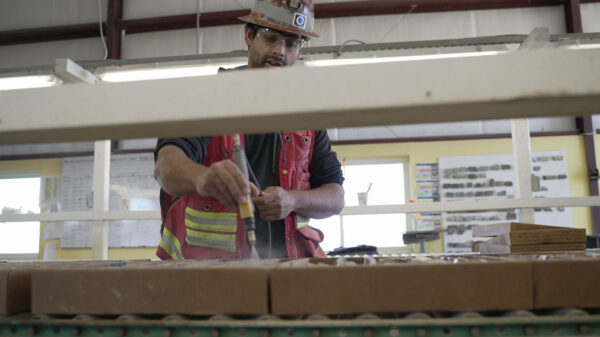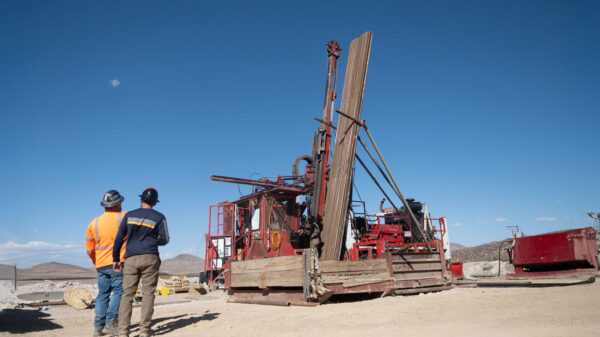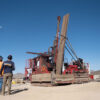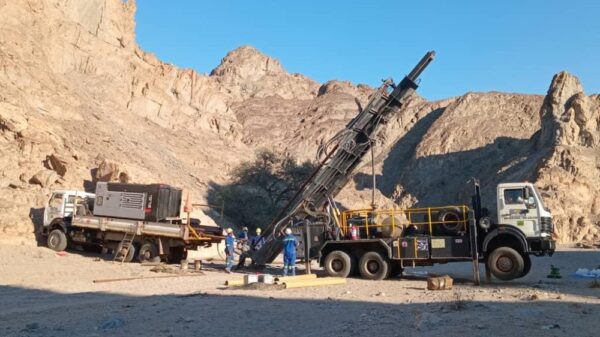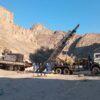Egyptian archaeologists have now completed their two-year excavation of an extensive gold mining complex dating back to a time long before Christ. This monumental achievement has been attracting a great deal of attention.
In a social media post from the nation’s Ministry of Tourism & Antiquities on Feb. 25, government officials discussed the 3,000-year-old discovery and highlighted key findings.
Notably, it contains a fully equipped facility for extracting gold from quartz veins, areas allocated for grinding and crushing, filtration and sedimentation basins, and archaic clay gold smelting furnaces.
In addition to the gold mining infrastructure of antiquity at the site, they dug up an entire residential district that housed the ancient Egyptian miners. This area had workshops, places of worship, the remains of administrative facilities and bathhouses. Artefacts uncovered at the project were transported to a safe location about three kilometres away.
“It is a significant discovery because it expands our understanding of ancient Egyptian mining techniques,” Egyptian Supreme Council of Antiquities Secretary-General, Mohamed Ismail Khaled, said in a statement from the government’s official news agency.
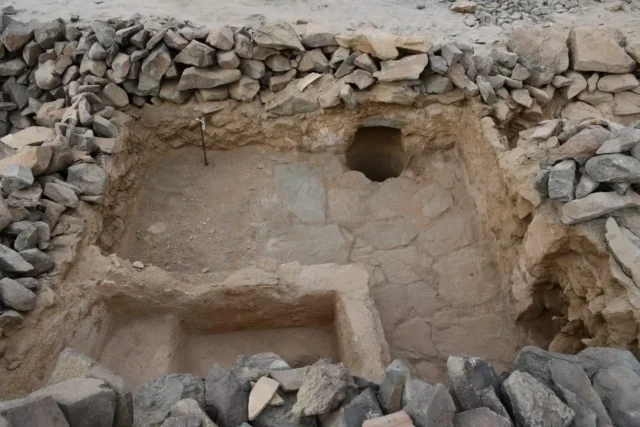
One portion of the former mining settlement. Photo credit: Egyptian Ministry of Tourism & Antiquities
Read more: Equinox Gold acquires Calibre Mining for $2.6B
Read more: Calibre Mining beats updated gold production guidance with 242,487 ounces
Site was discovered near the Sukari Gold Mine
This operation, now owned by Anglogold Ashanti PLC (NYSE: AU) (FRA: HT3), is one of the largest yellow metal mines in the world.
It produces about half a million gold ounces per annum.
The mine and the ancient mining camp are situated near the Egyptian coastline next to the Red Sea.
A visitor centre and full-scale site replica were set up to showcase the ancient mining discovery to the public. The centre features exhibits of valuable items dug up at the project and educational displays about the excavation process on large electronic display screens.
It represents one of the most notable archaeological discoveries in the country since Howard Carter’s monumental finding of Tutankhamun’s tomb in the Valley of the Kings over a century ago.
rowan@mugglehead.com







